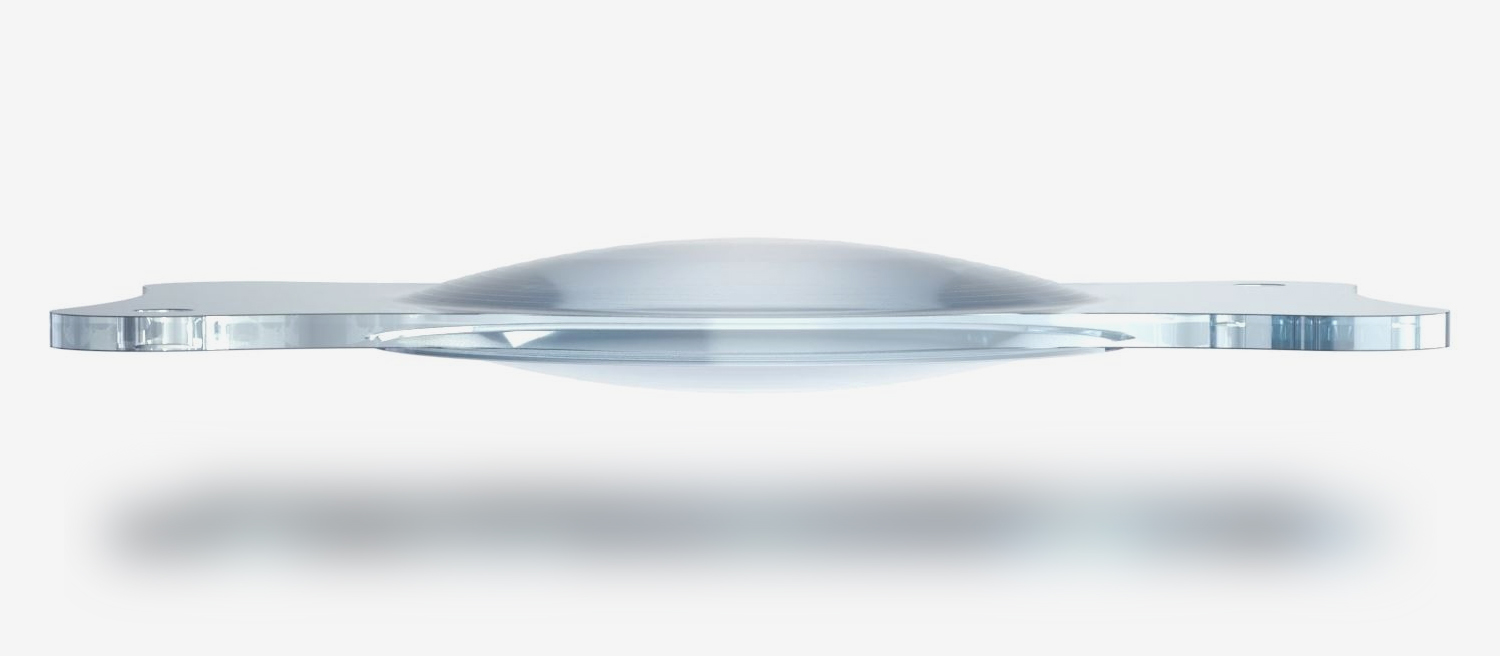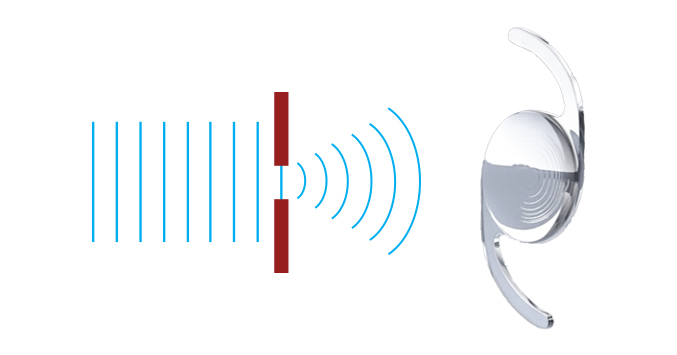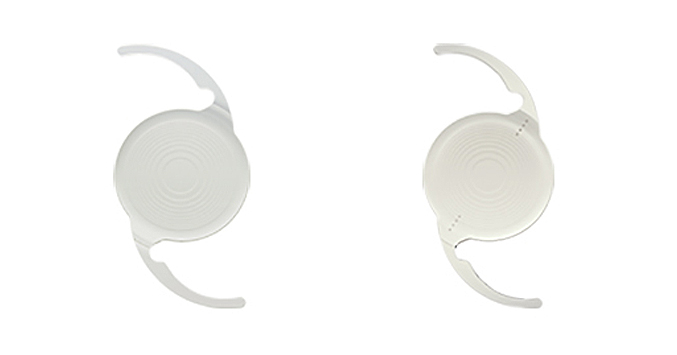Premium Smart Lens Applications

Premium Smart Intraocular Lens Applications
Cataract is the medical term for the intraocular lens's loss of transparency. Even though cataract development is typically thought of as a natural part of aging, it can sporadically occur congenitally as a result of traumas and medications taken.
The most frequently performed surgery in the world today is cataract surgery because of how long people can live. There is no medical remedy to stop the development of the cataract once it has begun. Deleting the transparent lens and substituting it with an artificial one should be done as soon as complaints start to surface, for this reason.
With the advancements, it is now possible to live without glasses after this procedure, which was carried out as a standard procedure until ten years ago and required the use of far- and near-vision glasses after the procedure.
The premium, high-quality smart lenses used for this purpose can be examined under 3 major groups:
1. Toric lenses: Astigmatism is a refractive error that affects both distance and close-up vision and is brought on by the structure of the eye. Toric lenses can correct this defect permanently, which standard lenses cannot, removing the need for distance glasses after the operation.

2. Multifocal lenses: These have both near- and far-sighted displays.
Up until a certain age, our natural lens can adjust by varying its refraction in accordance with distance. When we are 40 to 45 years old, this characteristic gradually starts to deteriorate, and we must wear glasses to see up close. As the name implies, the condition known as presbyopia, also known as old eye, is a natural part of aging. Although excimer laser treatments have been used successfully for many years, presbyopia cannot be permanently corrected by them.
Although the industry is working hard to create an accommodative lens that functions like our natural lens, that is, one that can focus the near and middle distances by moving our eye muscles, this goal has not yet been achieved.
For this reason, various optical theories and lens designs are now able to produce close vision. The most popular smart lenses in the 20-year-old field of multifocal lenses are now diffractive trifocal lenses.
As light travels through a rough surface, it bends and creates various foci, which is known as diffraction. In diffractive trifocal lenses, the light is split into three distinct foci as close-up, middle, and far away in the lens's rings.
In these three foci, dividing the light gives us a clear image, but it can also have negative consequences like reduced contrast sensitivity, haloed vision, and glare. These undesirable side effects, also known as photic phenomena, can differ in intensity and duration from person to person. The brain adjusts to this novel situation after a period of adaptation.

3. EDOF (Extended depth of focus) lenses:
These lenses offer continuous long- and medium-distance vision. In comparison to trifocal lenses, their near vision potential is lower. In everyday life, targeting the non-dominant eye with mild myopia supports near vision. Although there are various designs for EDOF lenses that employ various optical principles, diffractive aspheric lenses are the most popular. These lenses experience much less photic phenomenon than trifocal lenses because they have fewer diffractive rings. Young patients who are in active employment and those who have previously undergone refractive surgery prefer EDOF lenses.

Applications for Premium Smart Lenses: Things to think about!
Premium lenses are the only long-term solution for presbyopia, or the difficulty with close vision that develops after a certain age. Since there is no cataract, lens replacement is done instead of the Excimer laser for those who want to stop wearing glasses after the age of 50, and this procedure is known as refractive lens replacement.
Depending on the patient's preferences, refractive cataract surgery or refractive lens replacement is actually an aesthetic procedure. The patient, not the doctor, must make the decision as is the case with every aesthetic procedure. The surgeon's responsibility is to perform the surgery as skillfully and accurately as possible.
Conditions must be met before near vision lenses can be implanted. Simply put, if you have a condition other than an eye trickle or cataract, you shouldn't wear these lenses. Conditions where smart lenses shouldn't be worn include advanced glaucoma, diabetic retinopathy, severe dry eye, corneal dystrophies, keratoconus, optic neuropathy, and others.
If the eye structure is suitable, your doctor will perform numerous calculations to determine the power of the lens that will be placed inside the eye. Because the presence of a few eyes is the primary cause of postoperative patient complaints, toric lenses should be chosen if your astigmatism is above a certain threshold.
The quality of the lens material is crucial because the implanted lens will stay in the eye permanently. The hydrophobic acrylic material is, in this regard, the most compatible material with the capsular bag containing the original lens. The lens fits on the functional axis of the eye when made of hydrophobic acrylic material with capsule adhesion, and toric lenses are more successfully stabilized.
In addition to the material quality, there shouldn't be any issues with the surgery. The femtosecond laser technology, which standardizes key steps in the cataract operation, is advantageous in this regard.
There are therefore a variety of variables that can influence the outcome of premium lens applications, making this surgery not appropriate for everyone. Our patients are satisfied with the results of optimal surgeries carried out on qualified patients.






Lorem ipsum dolor sit amet, consectetur adipisicing elit..
Lorem ipsum dolor sit amet, consectetur adipisicing elit..
Lorem ipsum dolor sit amet, consectetur adipisicing elit..
Lorem ipsum dolor sit amet, consectetur adipisicing elit..
Lorem ipsum dolor sit amet, consectetur adipisicing elit..
Lorem ipsum dolor sit amet, consectetur adipisicing elit..